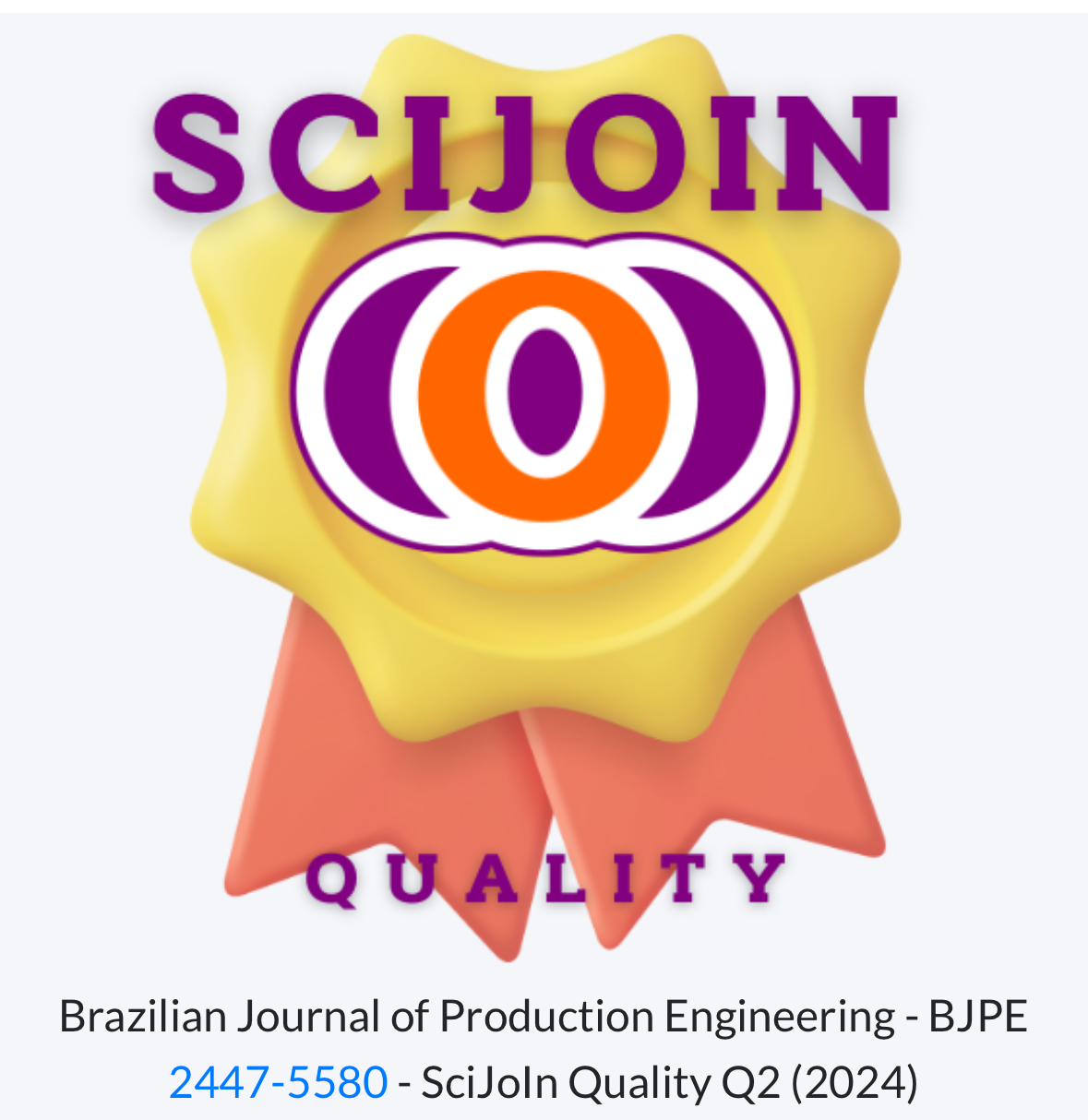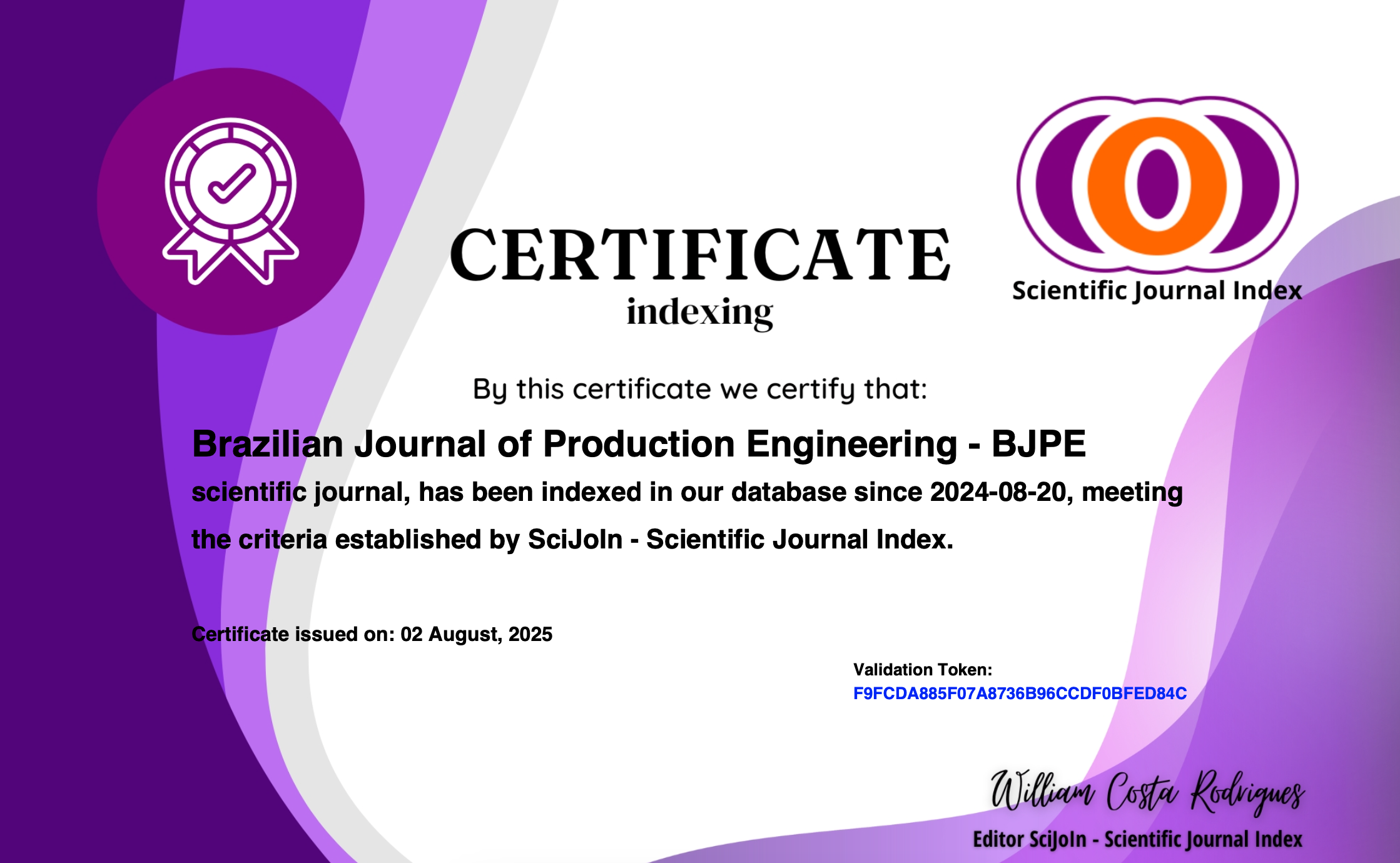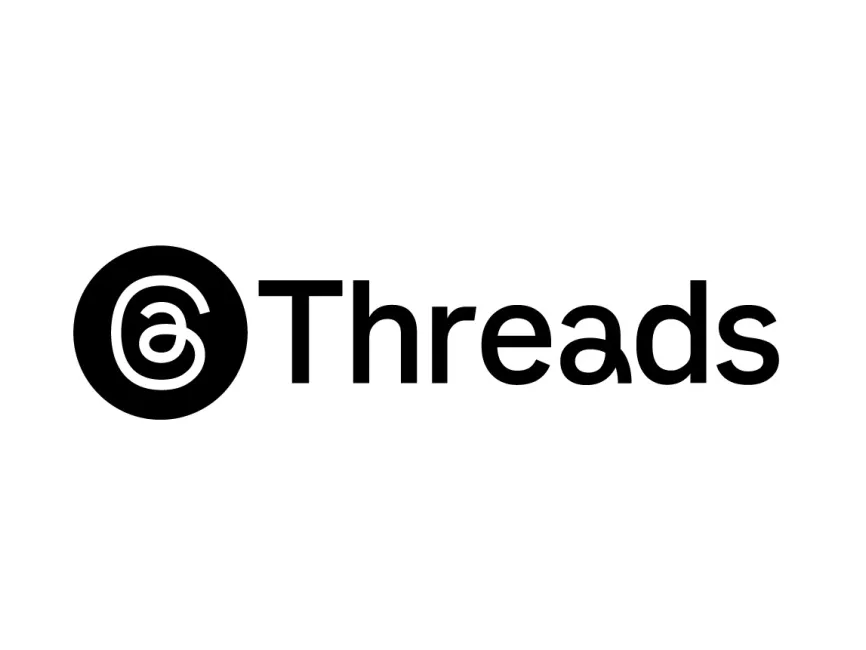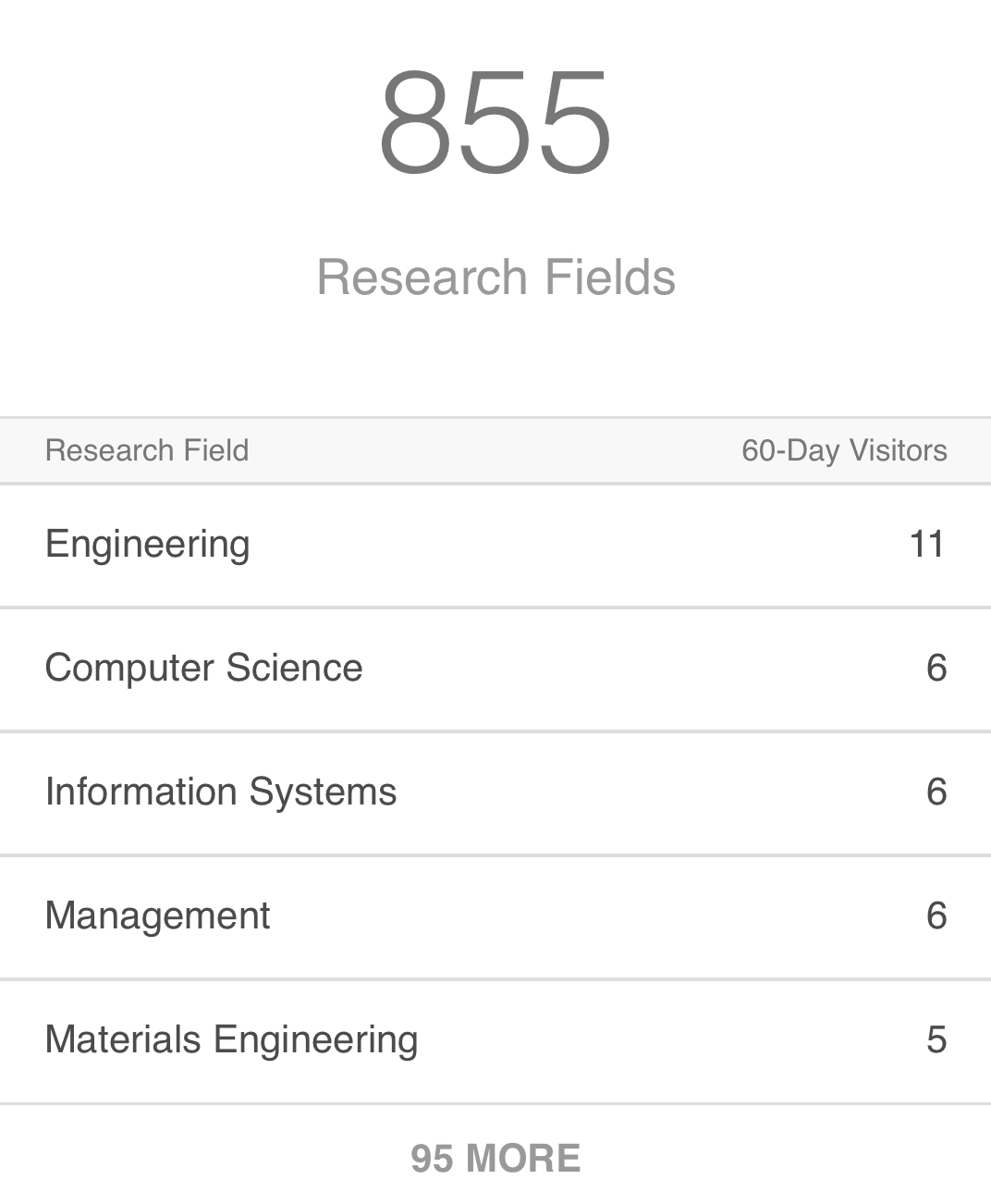EPIDEMIOLOGICAL ANALYSIS OF DENGUE CASES IN THE CITY OF SÃO MATEUS - ESPÍRITO SANTO
Resumo
Dengue is an infectious disease transmitted by the mosquito bite of the genus Aedes. The disease can be caused by any of the serotypes, which can be asymptomatic to a clinical picture ranging from simple fever to classic dengue fever (FD) to severe hemorrhagic fever. It is currently a major public health problem worldwide. The municipality of São Mateus is one of the Brazilian cities, which are located in regions of intense vector proliferation. Our study performed an epidemiological analysis of cases of dengue in São Mateus, using methodology of Geographic Information System (GIS) in the period 2008-2014. Dengue prevails in areas of greater population density, inhabited by people of low income, where sanitation infrastructure is precarious. Contrary to this situation, the areas with higher income and recent occupation, with low densification index, presented less recorded cases of dengue.: The research, therefore, was able to specifically delineate the region's most affected by the dengue virus. It is possible to understand the real situation of the dengue virus in the municipality, and to facilitate the decision-making of the managers to raise effective strategies that reflect the reduction of rates of disease.
Downloads
Referências
Bhatt, S., Gething, P.W., Brady, O.J., Messina, J.P., Farlow, A.W., Moyes, C.L., Drake, J.M., Brownstein, J.S., Hoen, A.G., Sankoh, O., Myers, M.F., George, D.B., Jaenisch, T., Wint, G.R.W., Simmons, C.P., Scott, T.W., Farrar, J.J. & Hay, S.I. (2013). The global distribution and burden of dengue. Nature, 496(7446), 504–507.
Brasil. Fundação Oswaldo Cruz. (2015a). Dengue Vírus e Vetor. Available online from: <http://www.ioc.fiocruz.br/dengue/textos/aedexculex.html> Accessed on June 22, 2015.
Brasil. Instituto Brasileiro de Geografia e Estatística. (2015b). Available online from: < https://www.ibge.gov.br/> Accessed on March 23, 2015.
Brasil. Ministério da Saúde. (2014). Monitoramento dos Casos de Dengue e Febre Chikungunya até a semana epidemiológica. Available online from: <http://portalsaude.saude.gov.br/images/pdf/2015/janeiro/19/2015-002---BE-at---SE-53.pdf> Accessed on March 23, 2015.
Brasil. Secretaria de Estado de Saúde do Espírito Santo. (2015c). Plano estadual de Saúde. Available online from: <http://www.saude.es.gov.br/Download/Plano_Estadual_de_Saude_2012_2015.pdf> Accessed on March 23, 2015.
Caixeta, D.M. & Sousa, F.G. (2007). Utilização de Ferramentas e Técnicas de Geoprocessamento na Identificação e Análise das Áreas de Maior Ocorrência de Casos de Dengue em Goiânia-GO. In: Simpósio Brasileiro de Sensoriamento Remoto, Florianópolis, 2373-2379 pp.
Clarke, K.R. & Warwick, R.M. (2001). Change in Marine Communities (2nd ed, 176p) United Kingdom: Primer-E, Plym- outh Marine Laboratory.
Gubler, D.J., Kuno, G. & Markoff, L. (2007). “Flaviviruses” in Fields Virology. In: Knipe DM, Howley PM, Griffin DE, Lamb RA (5th ed, 3091p) Philadelphia: Lippincott Williams & Wilkins.
Guzman, M.G. & Kouri, G. (2002). Dengue: an update. Lancet Infectious Diseases, 2, 33-42.
Herrera, B.E., Prevots, D.R., Zarate, M.L., Silva, J.L. & Sepulveda-Amor, J. (1992). First reported outbreak of classical dengue fever at 1,700 meters above sea level in Guerrero State, Mexico, June 1988. American Journal of Tropical Medicine and Hygiene, 46(6), 649-653.
Leite, M.E., Fonseca, D.S. & Braz, C.K. (2008). Uso do SIG na Análise da Dengue: Aplicação na Microrregião de Montes Claros/Bocaiúva (MG). Revista Brasileira de Geografia Médica e da Saúde, 6(3), 126-141.
Leite, ME. (2010). Análise da correlação entre dengue e indicadores sociais a partir do SIG. Revista Brasileira de Geografia Médica e da Saúde, 6(11), 44-59.
Melo, A.L., Paulino, R.C., Castro, E.A., Soccol, V.T. & Soccol, .CR. (2014). Distribuição espacial da dengue no estado do Paraná, Brasil, em 2009-2012. Revista de Epidemiologia e Controle de Infecção, 4(4), 223-228.
Mendonça, F.A., Souza, A.V. & Dutra, D,A. (2009). Saúde pública, urbanização e dengue no Brasil. Revista Sociedade & Natureza, 21(3), 257-269.
Neto, J.M. & Moita, G.C. (1998). Uma introdução à análise exploratória de dados multivariados. Quimica Nova, 21(4), 467-469.
Pastrana, M.E., Brito, R.L., Nicolino, R.R., De Oliveira, C.S. & Haddad. J.P. (2014). Spatial and statistical methodologies to determine the distribution of dengue in Brazilian municipalities and relate incidence with the Health Vulnerability Index. Spatial and Spatio-temporal Epidemiology, 11, 143-151.
Pinheiro, F.P. & Corber, S.J. (1997). Global situation of dengue and dengue haemorrhagic fever, and its emergence in the Americas. World Health Statistic. Q 50(3-4), 161-169.
Reis, R.C., Andrade, S.M. & Cunha, R.V. (2013). Aliados do A. Aegypti: fatores contribuintes para a ocorrência do dengue segundo as representações sociais dos profissionais das equipes de saúde da família. Revista Ciência & Saúde Coletiva, 18(2), 517-526.
Rodrigues, R.R. & Gould, E.A. (2013). Understanding the Dengue Viruses and Progress towards their Control. BioMed Research International, 1-21.
Tam, C.C., Tissera, H., De Silva, A.M., De Silva, A.D., Margolis, H.S. & Amarasinge, A. (2013). Estimates of dengue force of infection in children in Colombo, Sri Lanka. PLoS Neglect Tropical Diseases, 7(6), 1-7.
Teixeira, M.G., Barreto, M.L., Costa, M.C., Ferreira, L.D., Vasconcelos, P.F. & Cairnecross, S. (2002). Dynamics of dengue virus circulation: a silent epidemic in a complex urban area. Tropical Medicine & International Health, 7(9), 757-762.
Word Health Organization. (2015). Dengue: Treatment, Prevention and Control. Available online from: <http://www.who.int/rcp/guidelines/97892 41547871/en/> Accessed on March 23, 2015.
World Health Organization. (1997). Dengue Hemorrhagic Fever: Diagnosis, Treatment, Prevention and Control. Available online from: <http://www.who.int/csr/resources/publications/dengue/Denguepublication/en/> Accessed on November 22, 2017.
World Health Organization. (2009). Special Programme for Research and Training in Tropical Diseases. Dengue Guidelines for Diagnosis, Treatment, Prevention and Control. Available online from: <http://apps.who.int/iris/ bitstream/10665/44188/1/9789241547871_ eng.pdf> Accessed on November 22, 2017.
World Health Organization. (2011). Comprehensive guidelines for prevention and control of dengue and dengue haemorrhagic fever. Available online from: <http://www.searo.who.int/entity/vector_borne_tropical_diseases/documents/SEAROTPS60/en/index.html> Accessed on November 22, 2017.
World Health Organization. (2018). Dengue and severe dengue. Fact sheet. Available online from: <http://www.who.int/news-room/fact-sheets/detail/dengue-and-severe-dengue>. Accessed on November 22, 2017.
Downloads
Arquivos adicionais
Publicado
Edição
Seção
Licença
Copyright (c) 2019 Brazilian Journal of Production Engineering - BJPE

Este trabalho está licenciado sob uma licença Creative Commons Attribution-NonCommercial-ShareAlike 4.0 International License.

Todos os trabalhos publicados na Brazilian Journal of Production Engineering (BJPE) estão licenciados sob a Creative Commons Atribuição 4.0 Internacional (CC BY 4.0).
Isso significa que:
-
Qualquer pessoa pode copiar, distribuir, exibir, adaptar, remixar e até utilizar comercialmente os conteúdos publicados na revista;
-
Desde que sejam atribuídos os devidos créditos aos autores e à BJPE como fonte original;
-
Não é exigida permissão adicional para reutilização, desde que respeitados os termos da licença.
Esta política está em conformidade com os princípios do acesso aberto, promovendo a ampla disseminação do conhecimento científico.



2.png)


























































